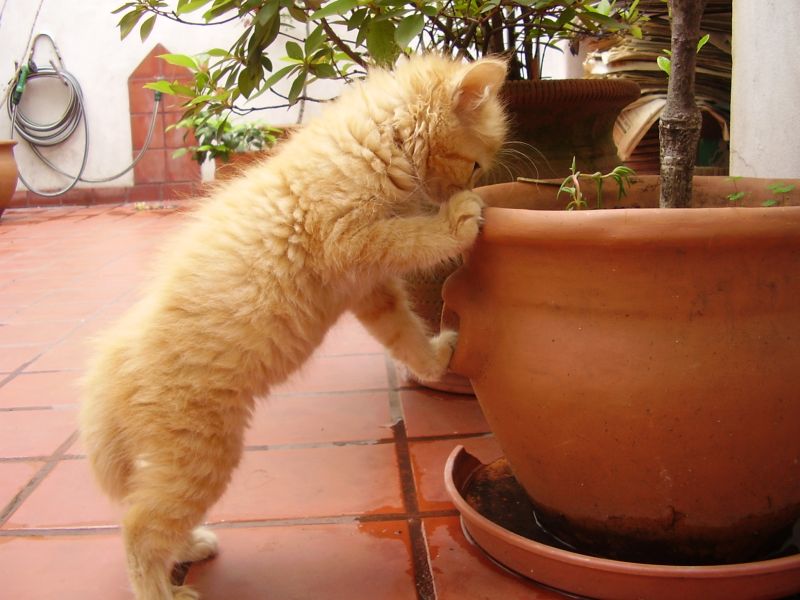NEW ALALEARNING BLOG POST
This month ALALearning bloggers are focusing on how learning is done in our organizations. Having started at the MPOW just a few short months ago I am still learning how learning happens– formally and informally — in the organization. So rather than address the question narrowly, I’d like to look more broadly at the topic and suggest that the foundation for learning in any organization is having a culture of curiosity.
See the whole article over at ALALearning, (also transcribed below 3/27/13)
This month ALALearning bloggers are focusing on how learning is done in our organizations. Having started at the MPOW just a few short months ago I am still learning how learning happens– formally and informally — in the organization.
So rather than address the question narrowly, I’d like to look more broadly at the topic and suggest that the foundation for learning in any organization is having a culture of curiosity. Whether you are promoting learning in your organization through self-paced online tutorials, face-to-face workshops and discussions, or sharing of annotated bookmarks, learning will not happen in any real or consistent way unless there is a strong shared value of curiosity.
 Why do I assert this? Because an attitude of curiosity is the only known antidote to the single biggest block to learning: the idea that we already have the answer (and it’s 1st cousin, “I don’t care about the answer”.) Being in a state of curiosity means looking out at the world, collecting data, observing human behaviors and interactions, and asking “why?” and “what if?” These questions are humbling. They bring down our blocks and mitigate our filters and invite new data to enter our minds, and creatively find new ways to integrate and organize organizing data with a goal of understanding.
Why do I assert this? Because an attitude of curiosity is the only known antidote to the single biggest block to learning: the idea that we already have the answer (and it’s 1st cousin, “I don’t care about the answer”.) Being in a state of curiosity means looking out at the world, collecting data, observing human behaviors and interactions, and asking “why?” and “what if?” These questions are humbling. They bring down our blocks and mitigate our filters and invite new data to enter our minds, and creatively find new ways to integrate and organize organizing data with a goal of understanding.
THE VALUE OF A CULTURE OF CURIOSITY
One of the most powerful effects of cultivating a consciousness and culture of curiosity is that it greatly enhances communication and the quality of relationships. Communication (and thus learning) is shut down when we assume we understand the motivations of others, and all too often we ascribe negative motivations to others without pausing to contemplate their perspective.
Curiosity creates space for that pause. When we are in a place of deep and authentic curiosity about others, it is impossible to simultaneously be in a place of judgment, which is a closing of ourselves to other ways of seeing. When we curiously ask why, we open to the idea that others have a unique and valuable perspective that can expand our own data set and worldview. Asking why leads to conversation and exploration, which in turn leads us to a deeper understanding of how others experience the world, their motivations, and their choices. And this deeper understanding, in turn, helps to reinforce our own consciousness of curiosity, and thus our own personal culture of learning.
I am curious about what has worked for you. How is learning promoted in your organization? What tools, methods, tips, tricks have worked for you? Drop your thoughts in the comment section!




